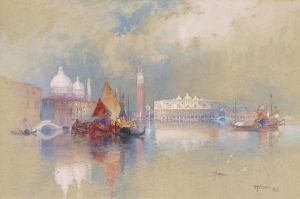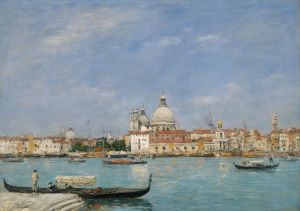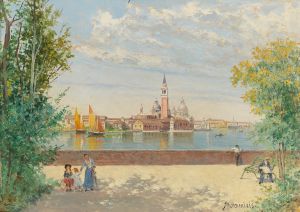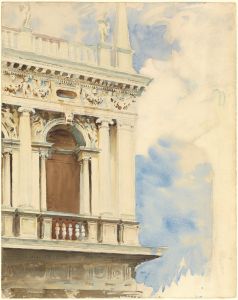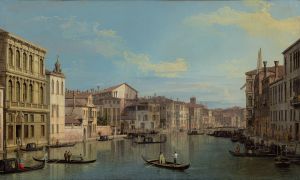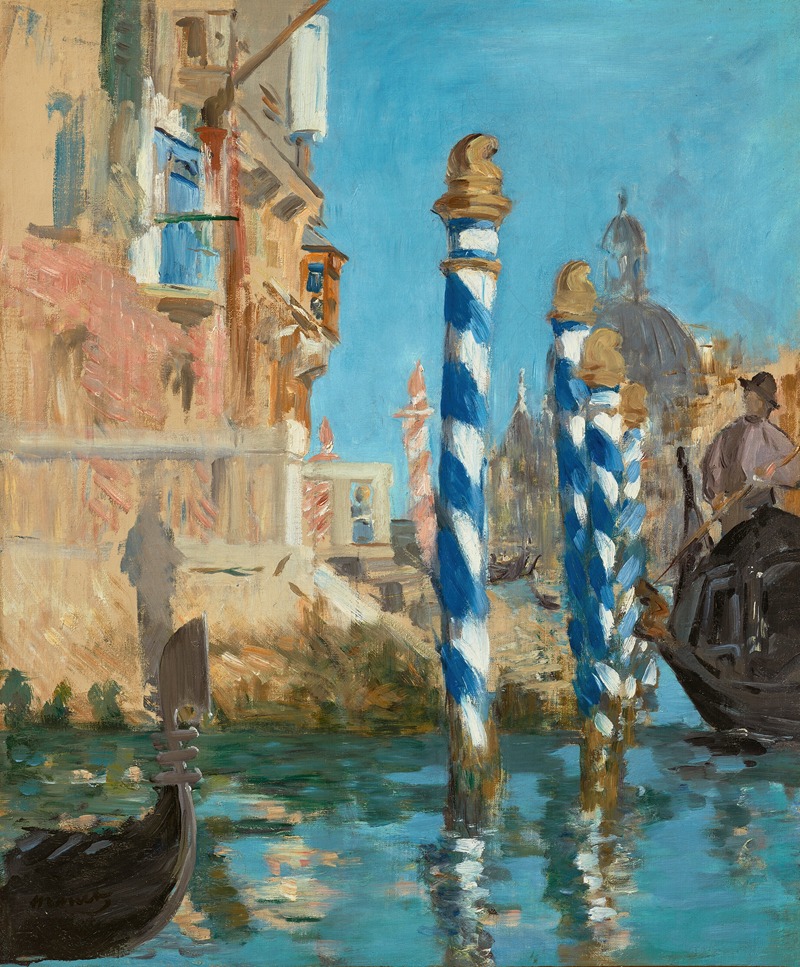
Le Grand Canal à Venise
A hand-painted replica of Édouard Manet’s masterpiece Le Grand Canal à Venise, meticulously crafted by professional artists to capture the true essence of the original. Each piece is created with museum-quality canvas and rare mineral pigments, carefully painted by experienced artists with delicate brushstrokes and rich, layered colors to perfectly recreate the texture of the original artwork. Unlike machine-printed reproductions, this hand-painted version brings the painting to life, infused with the artist’s emotions and skill in every stroke. Whether for personal collection or home decoration, it instantly elevates the artistic atmosphere of any space.
Édouard Manet's Le Grand Canal à Venise is a painting that depicts a view of the Grand Canal in Venice, Italy. Created in 1875, this work is one of the few pieces Manet painted during his brief visit to Venice in the autumn of that year. The painting reflects Manet's interest in capturing the effects of light and atmosphere, hallmarks of his Impressionist-influenced style, though he is often categorized as a Realist.
The artwork portrays a section of the Grand Canal, one of Venice's most iconic waterways, with gondolas and buildings lining the water. Manet's brushwork is loose and fluid, emphasizing the shimmering reflections of light on the water's surface. The palette is dominated by soft blues, greens, and earthy tones, evoking the serene yet dynamic character of the Venetian landscape.
Manet's trip to Venice was part of a larger journey through Italy, during which he sought inspiration from the country's rich artistic heritage and picturesque scenery. While in Venice, he was particularly drawn to the city's unique interplay of architecture and water, which he captured in several sketches and paintings. Le Grand Canal à Venise is one of the most notable works from this period, showcasing his ability to distill the essence of a scene into a harmonious composition.
The painting is relatively small in scale, measuring approximately 38 x 46 cm (15 x 18 inches). It was executed in oil on canvas, a medium Manet frequently used throughout his career. The work is now housed in the Shelburne Museum in Shelburne, Vermont, where it remains an important example of Manet's late-career exploration of landscape painting.
Manet's depiction of Venice differs from the more detailed and romanticized views created by earlier artists such as Canaletto. Instead, his approach is more modern, focusing on the fleeting impressions of light and color rather than precise architectural detail. This stylistic choice aligns with the broader artistic trends of the late 19th century, as many artists began to move away from traditional academic conventions.
Le Grand Canal à Venise is significant not only for its aesthetic qualities but also for its place within Manet's oeuvre. Although he is best known for his portraits and scenes of modern life in Paris, this painting demonstrates his versatility and his ability to adapt his style to different subjects and settings. It also reflects the broader influence of travel on his artistic development, as his experiences in Italy enriched his understanding of light, color, and composition.
This work remains a testament to Manet's skill as a painter and his ability to capture the essence of a place with economy and elegance.





